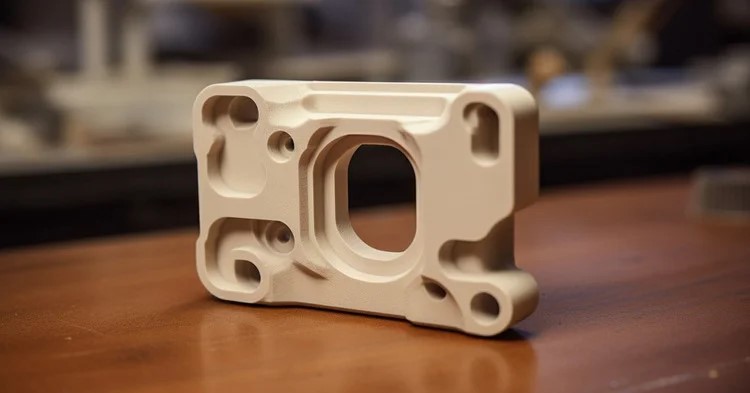
_______________________________________________________________________________________________________________________________________________________________________
PEEK (Polyether Ether Ketone) is a high-performance engineering plastic widely used in aerospace, medical, electronics, and other fields due to its excellent high-temperature resistance, corrosion resistance, and biocompatibility. However, its semi-crystalline nature makes it sensitive to heat treatment conditions during processing and application. This article analyzes how different heat treatment processes affect the mechanical properties, crystallinity, and microstructure of PEEK parts and proposes optimized heat treatment strategies to enhance the overall performance of PEEK components.
PEEK is a linear aromatic thermoplastic with high strength, toughness, fatigue resistance, and excellent thermal stability. However, its rapid cooling during processing can lead to insufficient crystallinity, affecting mechanical properties and interlayer bonding strength. Therefore, heat treatment is a critical technique to improve the performance of PEEK parts.
Studies show that proper heat treatment can significantly enhance the mechanical properties of PEEK components. For example, in additive manufacturing, when the holding temperature is 180–200°C and the holding time is 50–60 minutes, the interlayer shear strength of PEEK/CFG composites reaches 26.11 MPa—an increase of 97.95% compared to untreated samples. Moreover, adjusting heat treatment parameters improves tensile and flexural strength. As holding time increases within the 120°C to 200°C range, both tensile and bending strength rise steadily.
Crystallinity directly affects PEEK's mechanical performance and heat resistance. Heat treatment promotes molecular cross-linking and crystallization by heating and maintaining temperature. For instance, at 300°C for 210 minutes, the crystallinity of PEEK significantly improves, and tensile strength increases from 88.6 MPa to 100.29 MPa. Studies also show that rapid cooling results in lower crystallinity, while slow cooling fosters finer and denser crystal structures.
Heat treatment also impacts the microstructure of PEEK parts. Scanning Electron Microscopy (SEM) reveals that post-treatment fracture surfaces become rougher, with reduced porosity, indicating a denser internal structure. Furthermore, rapid hot-press sintering can further optimize the microstructure of PEEK components.
Key factors include temperature and duration. For additive manufacturing, recommended parameters are 180–200°C for 50–60 minutes to achieve optimal performance. For injection-molded PEEK parts, high-temperature curing is advised to eliminate internal stress and improve dimensional stability.
Post-processing methods like annealing and quenching are used to relieve residual stress and refine the internal structure. For example, annealing at 160°C for 30 minutes followed by 2 hours at 200°C significantly boosts mechanical properties. Additionally, adjusting the cooling rate can further enhance toughness and strength.
Heat treatment must be tailored to specific application requirements. Aerospace applications demand higher curing temperatures and longer hold times to meet strength requirements, while medical applications emphasize biocompatibility and corrosion resistance.
The heat treatment process plays a vital role in determining the mechanical performance, crystallinity, and microstructure of PEEK components. By optimizing parameters such as temperature, duration, and cooling rate, the overall performance of PEEK parts can be significantly improved. Future research should explore optimal treatment strategies for specific applications and leverage advanced testing technologies (e.g., DSC and SEM) to further understand the underlying mechanisms.